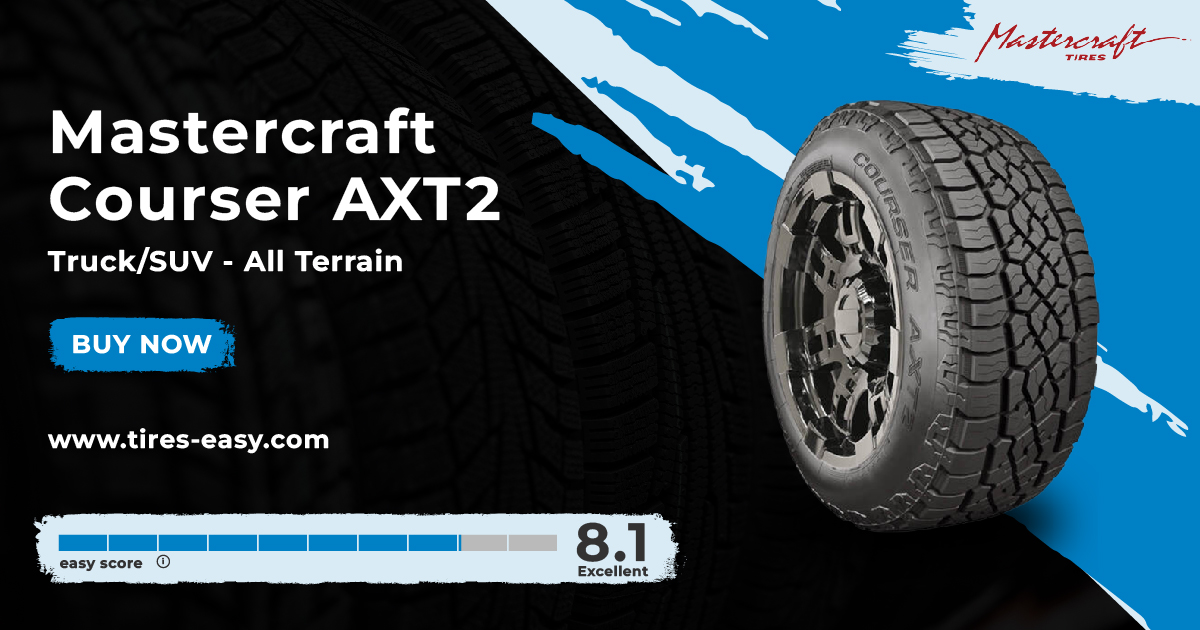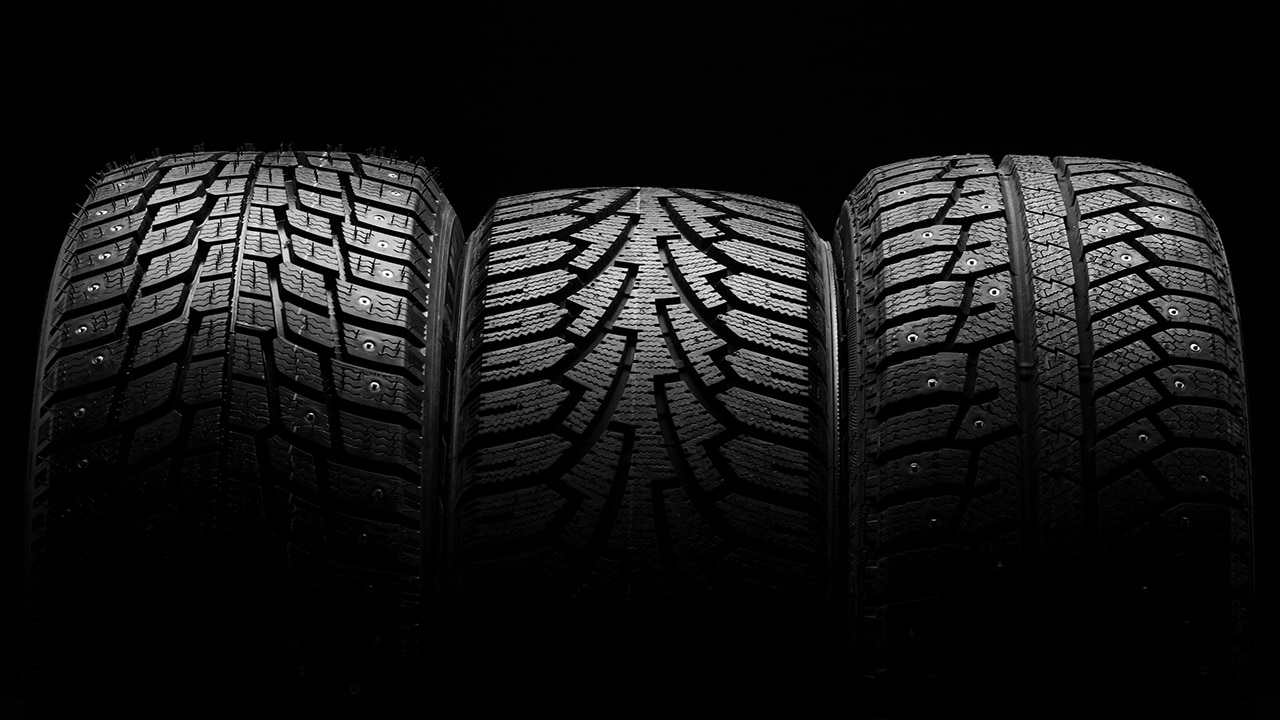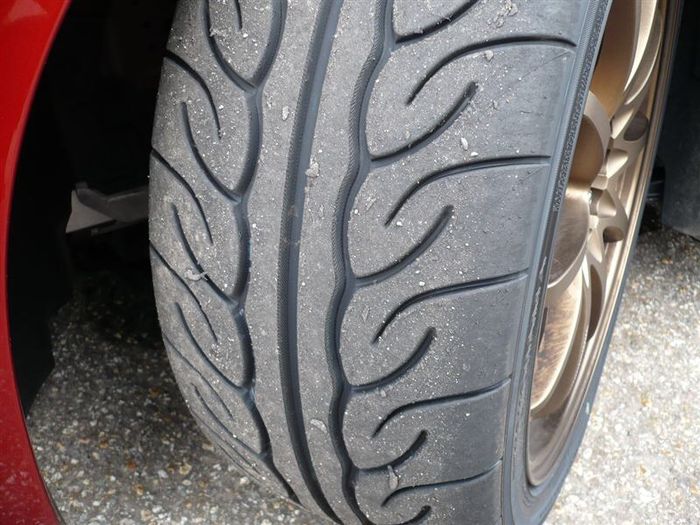All Categories
Featured
Table of Contents
The Michelin provided a comfy driving experience, qualified by responsive steering and a progressive understeer equilibrium. Regardless of the cooler testing problems, Michelin's constant time and hold over three laps indicates its viability for real-world applications. Conversely, Yokohama's efficiency was distinct. While its super-quick steering resulted in a fast front axle turn, the rear showed a propensity to swing much more.
An additional notable aspect was Yokohama's workout time. The tyre's very first lap was a 2nd slower than the second, indicating a temperature-related grip rise. This recommends the Yokohama may shine in dry, race-like problems. For daily usage, the Michelin may be a much safer bet. Next off in line was the Hankook.
Reliable Tyre Tuning Near Me
It shared Michelin's risk-free understeer balance but lacked the latter's determination to transform. Continental and Goodyear's efficiencies were notable, with Continental's brand-new PremiumContact 7 showing a significant renovation in wet problems compared to its precursor, the PC6. This design was far much less delicate to fill adjustments and acted similar to the Michelin, albeit with slightly much less communication at the limitation.
It combined the risk-free understeer equilibrium of the Michelin and Continental with some flashy handling, verifying both foreseeable and fast. As an all-rounder for this Golf GTI, Goodyear's Uneven variety was the standout, demonstrating remarkable efficiency in the wet. The Bridgestone Potenza Sport took the crown as the fastest tyre, albeit by a small margin.
This tire got grippier as it warmed up, similar to the Yokohama. Chauffeurs seeking an interesting wet drive may locate this tyre worth taking into consideration. The standout entertainer in wet braking was the newest tyre on examination, the PremiumContact 7, though the outcomes are nuanced. We carried out damp stopping tests in three various methods, two times at the brand-new state and once at the used state.
Discount Car Tyres Near Me
Ideally, we desired the chilly temperature examination to be at around 5-7C, however logistical delays suggested we tested with an ordinary air temperature level of 8C and water at 12C. While this was cooler than basic test conditions, it was still warmer than real-world problems. The warm temperature examination was done at approximately 18C air and 19C water.
The 3rd run involved wet stopping tests on worn tires, specifically those machined to 2mm with a little altercation. While we planned to do even more with these used tires, weather constraints limited our screening. It's worth keeping in mind that damp braking is most important at the worn state, as tyres generally enhance in completely dry problems as they wear.

However, it shared the most substantial performance decrease, along with the Yokohama, when put on. Bridgestone, Goodyear, and Michelin saw the least efficiency reduction when used. Bridgestone and Goodyear's efficiency dipped in cooler conditions. The Hankook tire signed up the tiniest performance drop as temperature levels cooled, but it was amongst one of the most impacted when used.
Top Vehicle Tyres – Yokine WA
The take-home message here is that no single tyre mastered all facets of damp stopping, indicating a complex interaction of variables influencing tyre performance under different problems. There was a standout tire in aquaplaning, the Continental completed top in both straight and bent aquaplaning, with the Michelin and Goodyear additionally great in much deeper water.

Yokohama could profit from a little even more hold, a problem potentially affected by the cooler problems. When it comes to handling, all tires executed within a 2% variety on the lap, demonstrating their high-grade performance (Tyre balancing). However, considering these tires essentially target the exact same customer, it interests observe the considerable distinctions in feeling.
The surprise is because the PremiumContact 6 was just one of my favourites for sporty dry drives, however its follower, the PremiumContact 7, appears elder and looks like Michelin's efficiency. Amongst these, Hankook was the least accurate in guiding and communication at the limitation. Tyre shop services. Both Michelin and Continental provided charming preliminary guiding, albeit not the fastest
If I were to suggest a tyre for a fast lap to a novice, claim my papa, it would certainly be just one of these. We have the 'fun' tyres, namely Yokohama and Bridgestone. Both were swift to guide and felt sportier than the others, however the compromise is a more lively back end, making them a lot more tough to deal with.
Trusted Tyre Safety Checks (Yokine WA)
It provided comparable guiding to Bridgestone however used much better responses at the limit and much better grip. The Bridgestone Potenza Sport, however, appeared to break down fairly quickly after simply 3 laps on this requiring circuit. Lastly, there's Goodyear, which positioned itself somewhere in between the enjoyable tires and those tending towards understeer.
All in all, these tyres are outstanding entertainers. In terms of tire wear, the technique made use of in this examination is what the sector refers to as the 'gold requirement' of wear.
Both the Bridgestone and Yokohama tyres considerably underperformed in contrast to the various other 4 tires in terms of rolling resistance, with Continental slightly surpassing the rest. Pertaining to the convenience level of the tyres, as prepared for, the majority of showed an inverse connection with handling. The Continental, Michelin, and Goodyear tyres carried out ideal across different surface kinds evaluated.

Bridgestone began to reveal signs of suppleness, while Yokohama was especially jarring over gaps. We did gauge inner sound degrees; nonetheless, as is typically the instance, the outcomes were carefully matched, and due to weather constraints, we were unable to perform a subjective analysis of the tyres noise. We looked at abrasion figures, which gauge the amount of tyre tread shed per kilometre, normalised to a one-tonne car.
Tyre Balancing – Stirling 6060 WA
This number represents the quantity of rubber dirt your tyres produce while driving. Michelin led in this group, producing over 9% much less rubber particle issue. On the various other hand, Hankook produced 32% more. This is an aspect I think the sector should concentrate on more in the future, and it's something Michelin is promoting.
Latest Posts
Leading Tyre And Wheel Services Near Me (Koondoola WA)
Cost-effective Car Tyres – Girrawheen
Leading Tyre Packages Near Me – Wanneroo